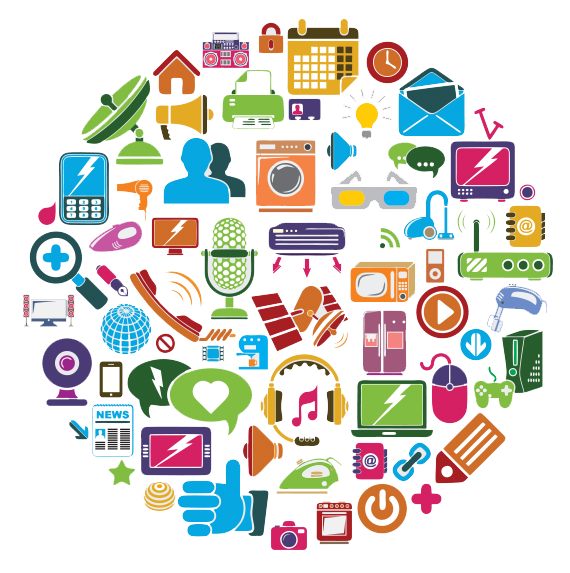What Is The Internet of Things?
 The idea is a simple one – connecting devices over the internet and allowing us to talk to them, and enabling them to communicate among themselves.
The idea is a simple one – connecting devices over the internet and allowing us to talk to them, and enabling them to communicate among themselves.
The internet of things (or as it’s also known, IoT) concept was initially coined in 1989. An internet-ready toaster, of all things, was the hardware that set the idea in motion.
The concept is also scalable. While it can be leveraged within your own home – allowing your refrigerator to communicate with your smartphone, for example – the IoT can be scaled up to include an entire city. Basic, central services, such as malfunctioning sewer lines or parking garage vacancy levels, can be remotely monitored and can alert the proper departments when necessary.
 The purpose behind IoT should be obvious. Allowing devices and systems to communicate with each other – without human interference – saves energy, time, resources, and money.
The purpose behind IoT should be obvious. Allowing devices and systems to communicate with each other – without human interference – saves energy, time, resources, and money.
Is it safe? Can the internet of things be secured?
IoT is not a bullet-proof idea. It does face a few challenges, namely security and privacy.
Much of the IoT functions as a data collection service. That smart refrigerator you’ve been hearing about learns your shopping and eating habits. It collects that information, and in some cases, may share it with other devices that hold it in databases by companies willing to exploit it.
Information collected at that level might not be of concern to you. But how many devices have you entered your private financial information into over the last 12 months? Your smartphone? Your tablet? At the supermarket check-out? At the ATM down the street? You needn’t be frightened of using all these things – many do have moderate security features in place already – but they are all part of the IoT in one way or another.
By this point you’ve no doubt heard stories of IoT hacking – from baby monitors to corporate databases. Some industry experts have acknowledged that not enough is being done to build security and privacy into IoT.
The good news is that cyber criminals routinely choose the targets that they feel will gain them the biggest net profit, which is why most choose to go after the (presumably heavily-secured) database instead of the baby monitor or your smart fridge. At this point, they can’t do much with the knowledge that you prefer soy milk and the occasional frozen pizza.
Is the internet of things real?
Is the “internet” itself a real thing? Or is “the cloud” a real thing? We can define each one, and describe in exact terms how they work, but can we hold them in our hands or snap a picture of them?
Earlier in this article, we referred to the IoT as a “concept” and an “idea”. So does that mean it’s not real? You will need to decide that for yourself. However you do define it, though, the reliance on connected systems and smart devices that are able to make decisions without our input will continue to expand and will become an increasingly relevant part of our lives.
Return to the Tech Trends Newsletter

